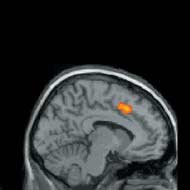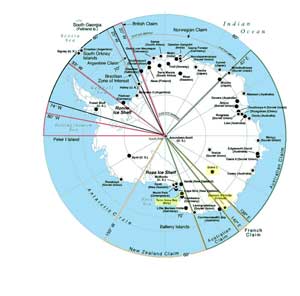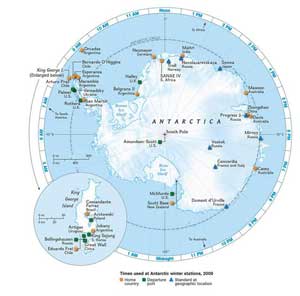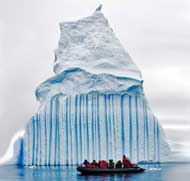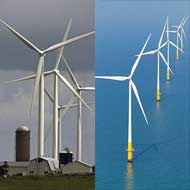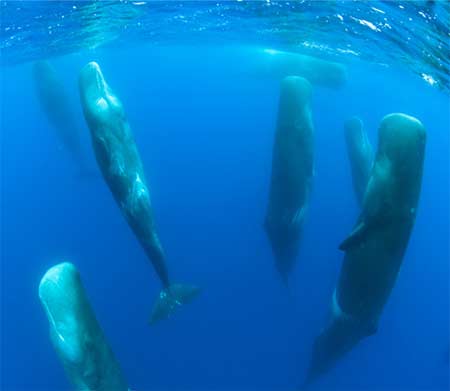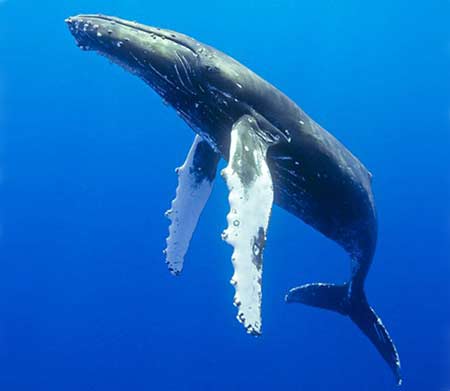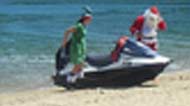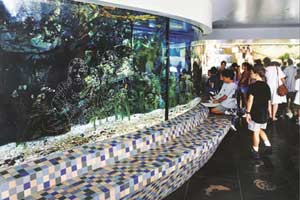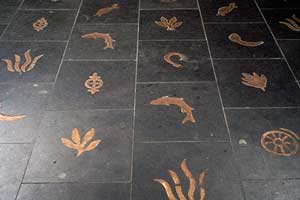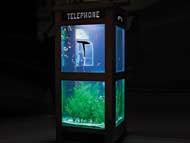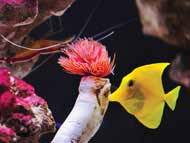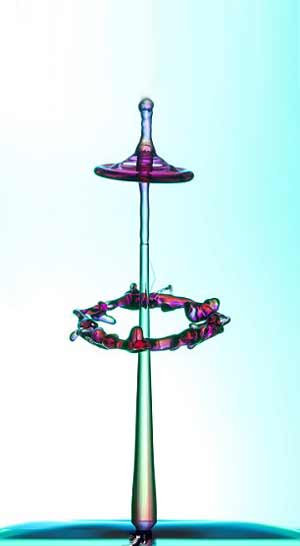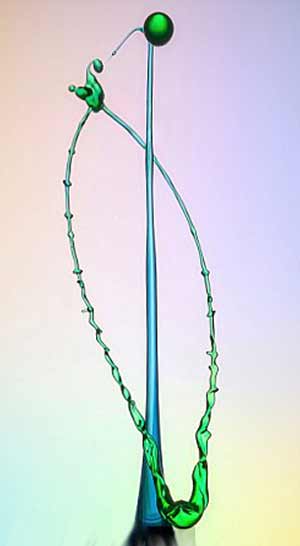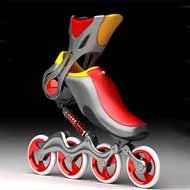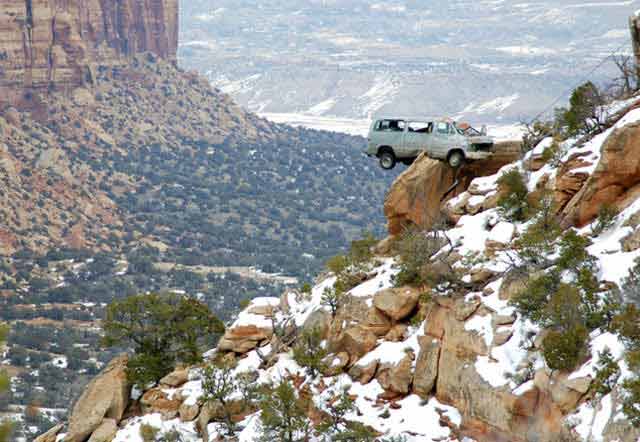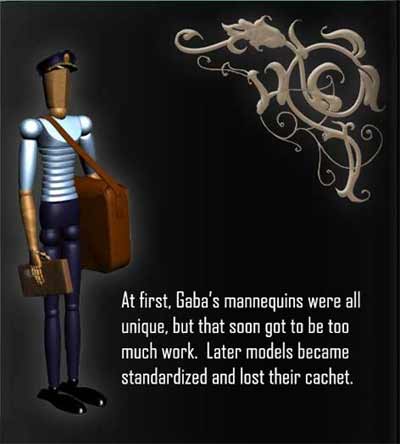Effects of Congressman Paul Ryan’s House GOP Tax Plan at 2011 Levels
It’s reasonable to consider public opinion, but not reasonable to think it is somehow a guide to solving difficult problems. Large majorities of people want contradictory things. There is broad-based support for sustaining or increasing spending on practically everything the US government spends money on. (Exception: Foreign aid, which is only a tiny fraction of the budget.) There is broad-based support for lowering taxes. There is, mathematically, zero way to square these two items. There are further issues when you consider strengths of wants — a weak majority versus a strong minority. Given that that list has — the author claims — MAJORITY SUPPORT, it’s typical to agree with at least some items. But it’s tricky because how you phrase (and frame) questions has a huge impact. “Bring our troops home?” Sure! “Admit defeat and withdraw?” Never! “Reform social security?”, when it follows a question asking if you know the scope of the unfunded liabilities? Sure! “Privatize social security?”, when coming at you cold, or after a nice priming question about the impact of the recent crisis on 401(k)s? NEVER! Note that while he says the majority supports an end to capital punishment, Google disagrees — over 60% of Americans are for it (though I’m not in that group). I think you CAN find majorities for taxing the wealthy — though only 3% say the deficit should be solved solely via tax increases. Sixty-four percent favour a mix of tax increases and spending cuts. So it’s a bit disingenuous to list only tax increases and no spending cuts as there’s more support for spending cuts. But there’s NO support for ANY cuts to ANY programme that costs the federal government more than 10% of its budget. (Nor strong-enough support for any tax increases that would raise significant revenue.)
 Animals
Animals Animation
Animation Art of Playing Cards
Art of Playing Cards Drugs
Drugs Education
Education Environment
Environment Flying
Flying History
History Humour
Humour Immigration
Immigration Info/Tech
Info/Tech Intellectual/Entertaining
Intellectual/Entertaining Lifestyles
Lifestyles Men
Men Money/Politics/Law
Money/Politics/Law New Jersey
New Jersey Odds and Oddities
Odds and Oddities Older & Under
Older & Under Photography
Photography Prisons
Prisons Relationships
Relationships Science
Science Social/Cultural
Social/Cultural Terrorism
Terrorism Wellington
Wellington Working
Working Zero Return Investment
Zero Return Investment




